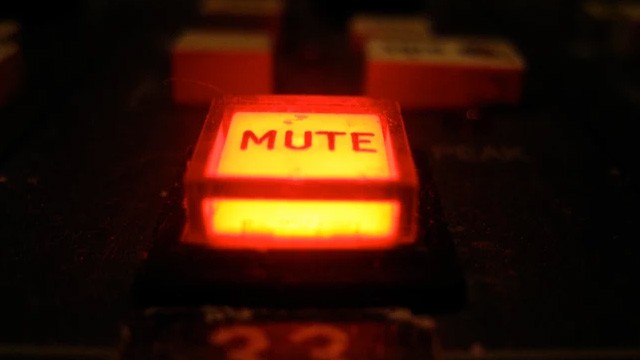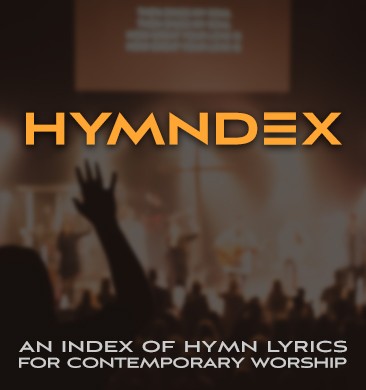Chris Gill says one of the most powerful, yet underrated tools on a mixing console is the mute button.
One of the most powerful, yet underrated tools on a mixing console is the mute button. While that may sound odd, I’ve had more issues getting volunteers to use it correctly than just about anything else. At this point you’re thinking I’m a nit-picking, perfectionist nut job… and you’re right. So what’s the big deal? It’s just a button. You push it on. You push it off. That’s exactly how most church sound techs view it, and they’re missing out on the larger subtext. So I decided to create a list of mute procedures to help you grow as a sound engineer.
If the channel is not in use, make sure it’s muted.
This may seem like a no-brainer, but I’ve been in several situations where the music is over, the worship team has left the stage, but the channels remain open. There’s nothing harmful about leaving channels un-muted, it’s just not a good practice. If you have a worship leader, three to six background vocals, six drum microphones, a couple of mic’d guitar amps, area mics for the choir, plus an army of SM57’s and SM81’s for the orchestra… you have a LOT of sources capturing and amplifying audio that don’t need to be. Let’s say the pastor is speaking and something starts ringing. If the pastor’s mic is the only channel open, you won’t waste time wondering if it’s one of the other hundred microphones on stage.
Mute groups want to be your friend. Get to know one another.
Mute groups aren’t new to the “digital mixing console” era. Unfortunately, with all the other functions of newer mixers that volunteers have to learn,sometimes they get overlooked. Mute groups are a way of muting several channels with a single button such as drums, guitars, the entire worship team, etc. The ONLY reason to use mute groups is to do as little work as possible. Some call it laziness, I prefer to call it efficiency. Why swipe your finger across thirty-two mute buttons, when you can push just one? Not to mention, if something starts going horribly awry, it’s a great way to cut a bunch of channels all at once to minimize damage to your speakers.
The right thing at the wrong time is the wrong thing.
One of my biggest pet peeves is the end of the message when pastor is praying, the worship team is putting their instruments on, pulling microphones out of stands, and you hear POP… CLICK… THUMP… SCRAPE… all because the band was unmuted before they were ready to play. This is one of those small things that has a huge impact on transitions and service flow. Several churches I’ve attended usually have the piano or guitar play by themselves as an underscore to the prayer before the full band comes in. Another problem is relative loudness of the instrument to the person praying. Sometimes that first piano hit or guitar strum is way too loud and we have to yank the fader down and slowly bring it back up, which isn’t good either. Here’s a good tip: As the band is coming to the stage, bring the band subgroup fader down. Wait until all mics are in hand or no longer being moved then unmute the band. Once you see the piano or guitar has started playing, very slowly turn up the band subgroup fader.
Anticipation is the way of the mute button.
People don’t realize it, but what sound engineers are asked to do is look into the future. We have to think several steps ahead while being 100% engaged in what’s happening right now. There are few things more awkward during a church service than when someone is standing in front of the congregation speaking into the mic and nothing comes out. They hold the mic up, examine it, speak some more and it comes bursting to life half way through them saying: “Is this thing on?”. Five minutes until service begins until the band has hit the last note of the closing song, make sure your focus is on the service. Know what’s coming up and have that microphone or sub group unmuted a second or two early. Doing this will help build trust with your worship team and pastor. There’ll never be any wonder of whether or not the channels are unmuted and ready to go for the downbeat of a song, or the first few words of a sermon.








